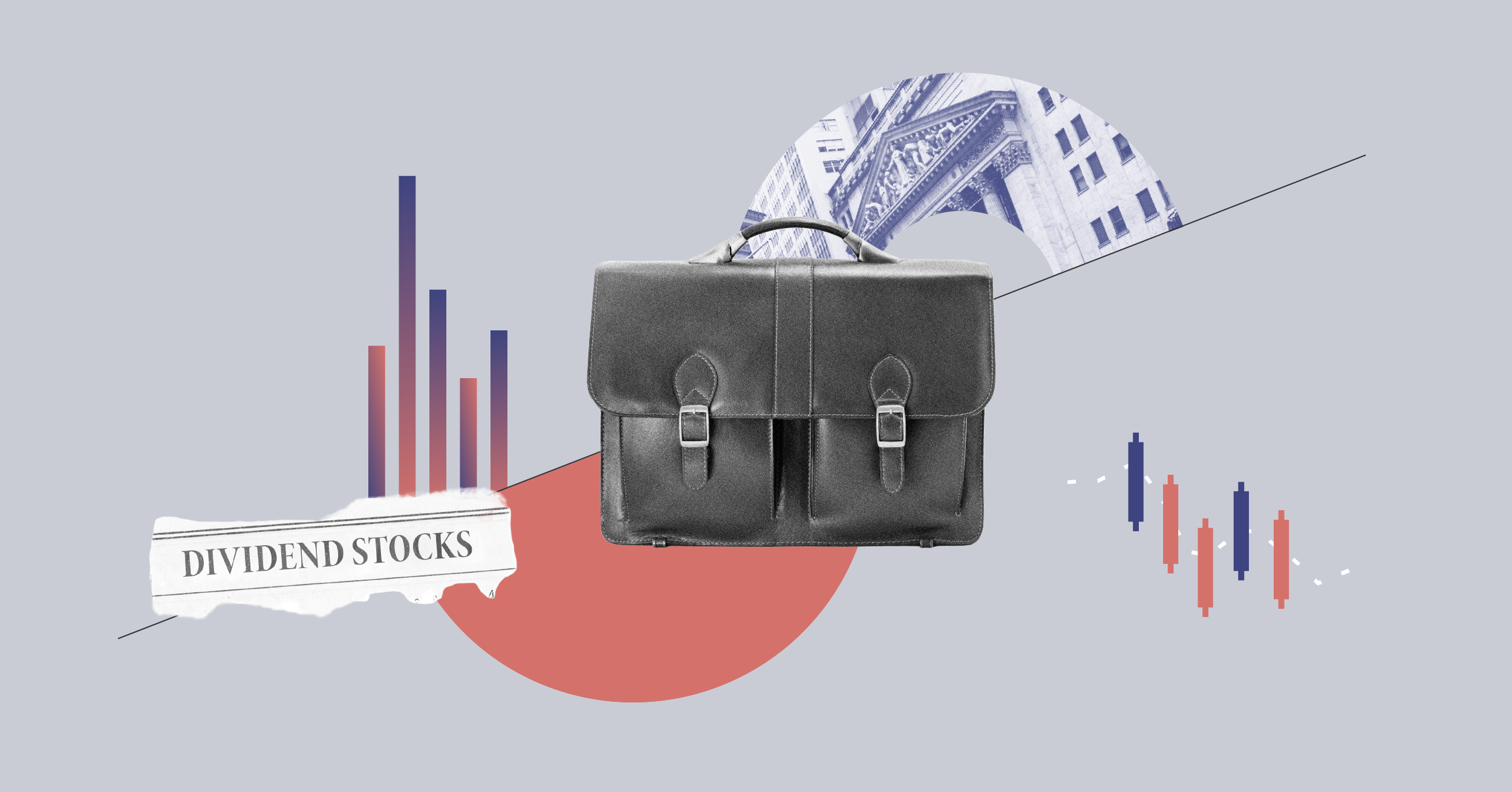Kathryn Young: Hi, I'm Kathryn Young for Morningstar. I am here with Bob Greer. Bob leads the Real Return product management team with PIMCO. He is expert on commodities and commodity funds, and that's what he is here to talk about. Bob, thanks so much for being here.
Bob Greer: It's a pleasure. Thank you for inviting me.
Kathryn Young: I was wondering if you could explain a little bit more, what is it about commodities that makes them a better inflation hedge than, say maybe, stocks?
Bob Greer: The thing about commodities is that they reflect changes in expectations, which are really driven by changes in actual prices and especially, the prices of the most volatile component of the CPI. Food and energy, which represents about 25% of the CPI, represents over 75% of the volatility of the CPI. So, with commodities, you're getting exposure to that very volatile component of the CPI.
That's why, again historically, commodities have over extended periods of time not only had a positive correlation to inflation, unlike stocks and bonds. But they have, in certain periods, had kind of an exaggerated response to changes in the rate of inflation, an inflation beta if you will, which historically has been greater than 1. So again, a small change in the CPI might give you a larger change in commodities, making them pretty effective hedge against changes in expected inflation.
Young: So, a lot of investors look to commodity stocks as a way to access the diversification characteristics of commodities. So, it sounds like maybe if you're looking for an inflation hedge, commodity stocks might not be the best way to go. What do you think?
Greer: Think of commodity stocks as an important part of your stock portfolio, but those stocks carry a lot of equity beta. Why? Because you're getting exposure to not just commodity prices, but also to management talent, to the financial structure of those companies, and to surprises like an explosion in the Gulf. People thought BP was a resource stock and they found that they were exposed to a lot of other things. Historically, prices of commodity stocks, yes, they've been positively correlated to the price of the commodities they produce; they've had a stronger correlation to changes in the stock market.
Young: So, for those investors who want a good inflation hedge and choose to go with exposure to physical commodities, they can choose – for the most part, you can choose either an open-end mutual fund structure or an ETF structure. Do you have any thoughts about which might be the best way to go?
Greer: To answer that question, give me just a minute to explain what we mean when we're investing in commodities. We are not owning the physical commodity, we are getting the returns from investing in commodity futures contracts but on a fully collateralised basis. So, you're getting the return from changes in the futures price plus your return on collateral.
A published index assumes that that collateral is T-Bills. Why? T-Bills are thought of as the risk-free asset. As we have found, T-Bills can also be the return-free asset, they have been lately. So, if you invest in an ETF, you are getting that passive exposure to an asset that has an embedded T-Bill rate and which does not allow for any type of active management in the commodity index itself. And in fact, active management can be beneficial. Simple things like rolling your positions forward on a different schedule, holding your positions at different point on the forward curve, holding your positions in a different but related market. You don't get those opportunities with the ETF the way you do with a commodity fund that has an active manager.
Young: Makes sense. Speaking about the futures curves and the issues you just mentioned about rolling at different times, that brings up the issue of contango. I think investors have probably heard this word 'contango' a lot lately. Can you describe what that is exactly and how it impacts an investor's portfolio or the fund?
Greer: Contango is a term used to express a forward curve that is sloping upward. That is, the price of the more distant contract is higher than the nearby contract. Now remember, you're getting the returns from selling the nearby and buying a distant contract. So, you're selling low and buying high, not something that we particularly want to do. That typically occurs in markets that are well supplied with inventory.
That can be mitigated, however, if you can hold your position at a different point on that forward curve, for instance, hold your position further out where the curve is flatter, so you don't have as much of a cost from rolling your position forward. It can be mitigated by holding your position in a different but related market where the forward curve is not as steep. Then there are the other strategies that I mentioned that can also be used to add value and that value can be used to mitigate this effect of contango.
I might add, very quickly, that contango comes and goes in different markets at different times. It's just that we have seen a lot of it lately, so it is very much on investors' minds.
Young: Okay. Makes sense. Bob, thanks so much for being here. We really appreciate it.
Greer: Again, thank you.
Young: Thanks very much for watching.
























